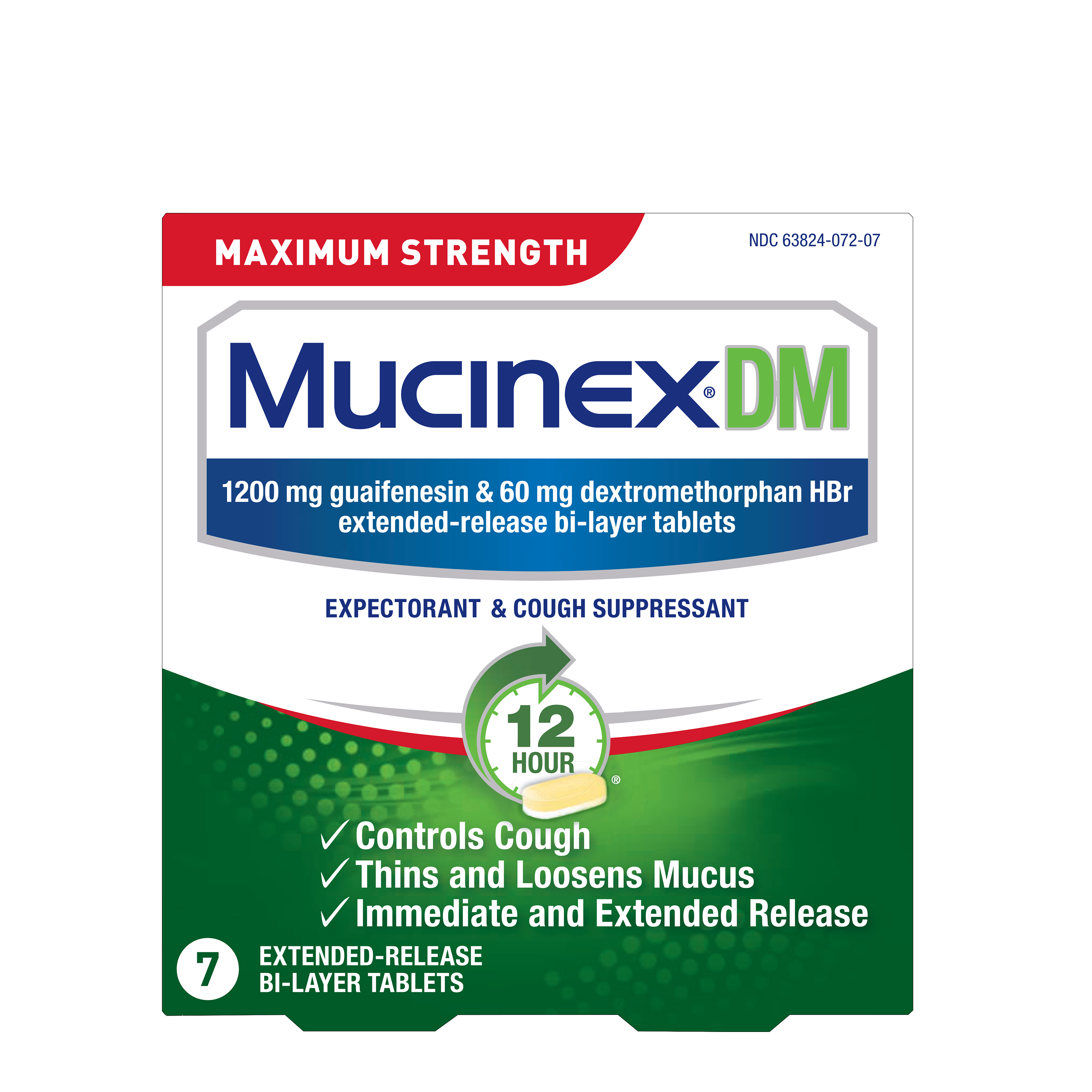Amoxicillin & Mucinex: Everything You Need to Know Before Taking
Are you feeling under the weather? A common cold or sinus infection can leave you searching for relief, and you might be considering a combination of medications like amoxicillin and Mucinex. While both can address specific symptoms, it’s crucial to understand their individual roles, potential interactions, and how to use them safely. This comprehensive guide will provide you with all the information you need to make informed decisions about your health.
Understanding Amoxicillin: The Antibiotic
Amoxicillin is a penicillin-based antibiotic used to treat bacterial infections. It works by killing bacteria that cause illnesses like:
- Bacterial pneumonia
- Bronchitis
- Ear infections (otitis media)
- Sinus infections (sinusitis)
- Skin infections
- Urinary tract infections (UTIs)
- Strep throat
Important Considerations about Amoxicillin:
- It treats bacterial infections, not viral infections. Amoxicillin will not be effective against the common cold, flu, or other illnesses caused by viruses.
- Only take it as prescribed by a doctor. Never self-medicate with antibiotics. A healthcare professional must diagnose the infection and determine if amoxicillin is appropriate.
- Complete the full course of antibiotics. Even if you start feeling better, finishing the entire prescribed course is crucial to ensure the infection is completely eradicated and prevent antibiotic resistance.
- Potential side effects include:
- Nausea
- Vomiting
- Diarrhea
- Skin rash
- Allergic reactions (seek immediate medical attention if you experience hives, difficulty breathing, or swelling)
The Role of Mucinex: Symptom Relief
Mucinex is an over-the-counter (OTC) medication that contains the active ingredient guaifenesin. It acts as an expectorant, meaning it helps to thin and loosen mucus in the airways, making it easier to cough up. This can provide relief from:
- Coughing associated with colds and upper respiratory infections
- Chest congestion
- Sinus congestion
Key Points about Mucinex:
- It doesn’t treat the underlying infection. Mucinex only addresses the symptoms of congestion and cough.
- Available in various formulations. You can find Mucinex in tablet, liquid, and extended-release forms.
- Stay hydrated. Drinking plenty of fluids helps to thin mucus and make Mucinex more effective.
- Common side effects are usually mild:
- Nausea
- Vomiting
- Headache
Can You Take Amoxicillin and Mucinex Together?
Generally, yes, it is safe to take amoxicillin and Mucinex together, provided your doctor has prescribed both medications. There are no known direct interactions between the two drugs that would pose a significant health risk.
However, it’s essential to remember:
- Always inform your doctor about all medications you are taking. This includes prescription drugs, OTC medications, vitamins, and supplements.
- Follow your doctor’s instructions carefully. Pay attention to the dosages and schedules for both amoxicillin and Mucinex.
- Monitor for side effects. While the combination is generally safe, watch for any unusual symptoms and report them to your doctor.
Important Precautions and Considerations
- Allergies: Always inform your doctor about any allergies, especially to penicillin or other antibiotics.
- Medical History: Share your complete medical history, including any pre-existing conditions like kidney or liver problems, with your doctor.
- Pregnancy and Breastfeeding: Discuss the use of amoxicillin and Mucinex with your doctor if you are pregnant, planning to become pregnant, or breastfeeding.
- Other Medications: Be aware of potential interactions with other medications you are taking. Certain medications can affect the effectiveness of amoxicillin or Mucinex.
- Alcohol Consumption: While not a direct interaction, alcohol can worsen some of the side effects of amoxicillin, such as nausea and dizziness. It’s best to avoid alcohol while taking amoxicillin.
Conclusion: Prioritize Your Health
Taking amoxicillin and Mucinex together can be a safe and effective way to address both the bacterial infection and the associated symptoms. However, it’s crucial to consult with your healthcare provider before starting any new medication regimen. They can properly diagnose your condition, determine the appropriate treatment plan, and ensure that the medications are safe and suitable for you. By following their instructions and staying informed, you can effectively manage your illness and promote a speedy recovery.
Frequently Asked Questions (FAQs)
1. Can I take Mucinex DM with Amoxicillin?
Yes, it’s generally safe to take Mucinex DM (which contains guaifenesin and dextromethorphan, a cough suppressant) with amoxicillin, but always inform your doctor. The dextromethorphan component could potentially mask symptoms, so your doctor needs to be aware.
2. What should I do if I miss a dose of amoxicillin?
If you miss a dose of amoxicillin, take it as soon as you remember. However, if it’s almost time for your next dose, skip the missed dose and continue with your regular schedule. Do not double the dose to catch up.
3. How long does it take for amoxicillin to start working?
You may start feeling better within a few days of starting amoxicillin, but it can take up to a week to feel completely better. Always finish the entire course of antibiotics as prescribed, even if you feel better sooner.
4. Can I take amoxicillin for a cold?
No, amoxicillin is an antibiotic and only works against bacterial infections. Colds are caused by viruses, so amoxicillin will not be effective and should not be taken for a cold.
5. What if I experience a rash while taking amoxicillin?
If you develop a rash while taking amoxicillin, contact your doctor immediately. This could be a sign of an allergic reaction, and you may need to discontinue the medication.




